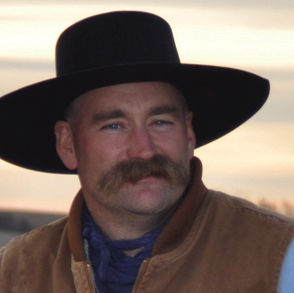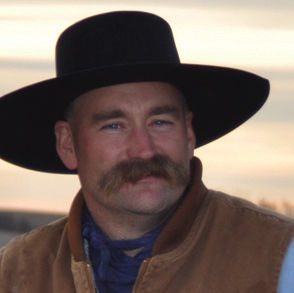American cowboy is alive and well
It wasn’t widely recognized but the usual cities and regions of the nation did have a celebration for the 18th annual National Day of the American Cowboy. For example, the cowboy state of Wyoming, celebrated with the kickoff of Cheyenne Frontier Days.

For towns with history and museums like Oklahoma City, Fort Worth and a number of the towns instrumental along the Chisholm Trail like Tulsa, Enid, and Emporia as well as Albuquerque and College Station the recognition of the Day of the Cowboy just didn’t amount to much. In Minot, opening day of the North Dakota State Fair paid tribute to the iconic image of the American cowboy.
As a nation, we cannot lose sight of the importance of the American cowboy. I spent the entire week leading up to July 22 on my radio and TV programs reminding people to think about the cowboy on this day. It was the cowboy, in 1865, that gathered those cattle that had scattered during the Civil War and Texas cattle owners were certainly engaged in the battle. We also tend to forget that most of these “boys” were indeed just that, 17-year-olds trailing 6.5 million cattle a thousand miles north to be loaded on rail cars to head to the grasslands of Illinois before they were then trailed into Chicago. From the processing facilities, the beef was then shipped by railcar to the eastern third of the United States to feed the war-ravaged country.
The other aspect that I really find interesting is that reports suggest one in four of those cowboys was a freed Black slave. For a moment just stop to think about these young men with an understanding of working livestock that were saddling up, riding for the brand and risking their lives to rebuild a nation. In fact, we not only recognize the Black cowboys but Hispanics as well because cowboy is a derivative of the term vaquero. Despite differing backgrounds, the cowboy code was what kept them focused on the task at hand.
I have recently found some excerpts from Nat Love’s 1907 autobiography “Life and Adventures of Nat Love” that told the real story:
“A braver, truer set of men never lived than these wild sons of the plains whose home was in the saddle and their couch, mother earth, with the sky for a covering,” he wrote. “They were always ready to share their blanket and their last ration with a less fortunate fellow companion and always assisted each other in the many trying situations that were continually coming up in a cowboy’s life.”
The really interesting aspect about the “color blind” aspect of cowboying is that many shop keepers and saloon owners would not welcome cowboys of color so the white cowboys would not do business there either. That same kind of cowboy camaraderie must come back into today’s world.
Most of the 330 million American citizens may believe the cowboy no longer exists in today’s world but I suggest we have a need for the American cowboy that parallels that of what the need was post-Civil War. We need Americans that live every day with courage, start what they finish, ride for the brand, know when to draw the line, take pride in their work, do whatever needs to be done, always be tough but fair, talk less yet say more and most importantly remember that some things just aren’t for sale.
I contend that the cowboy spirit is very much alive and well in today’s world unfortunately it has been busy with other tasks. Sunup is approaching and the team is ready to ride.
Editor’s note: The views expressed here are the author’s own and do not represent the views of High Plains Journal. Trent Loos is a sixth generation United States farmer, host of the daily radio show, Loos Tales, and founder of Faces of Agriculture, a non-profit organization putting the human element back into the production of food. Get more information at www.LoosTales.com, or email Trent at [email protected].
